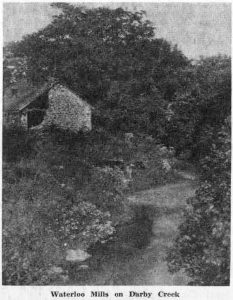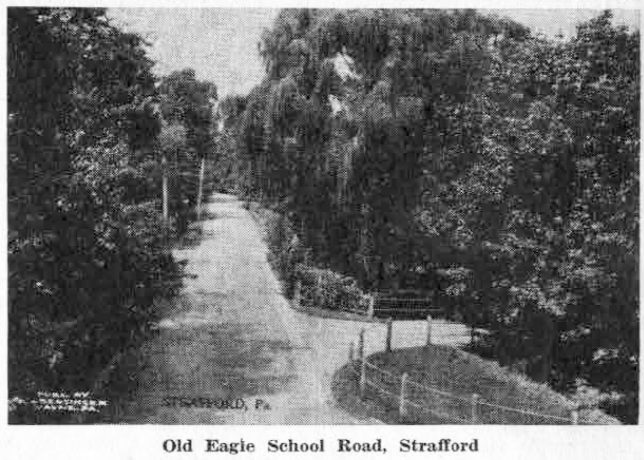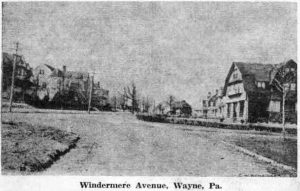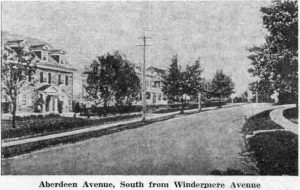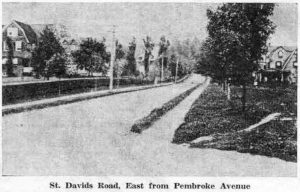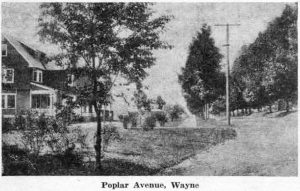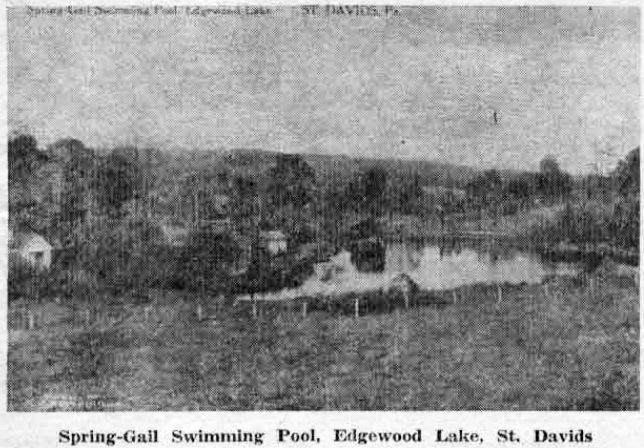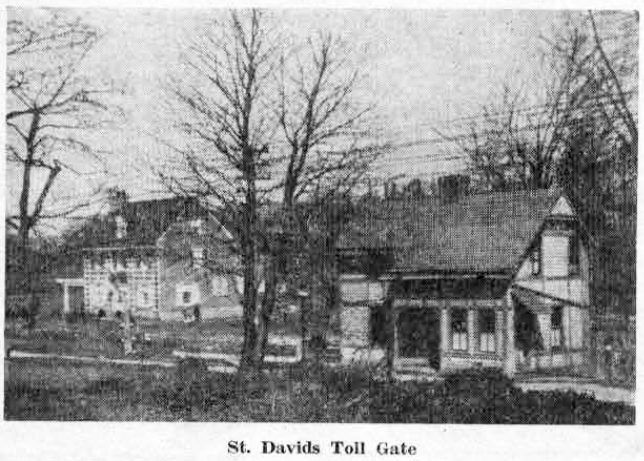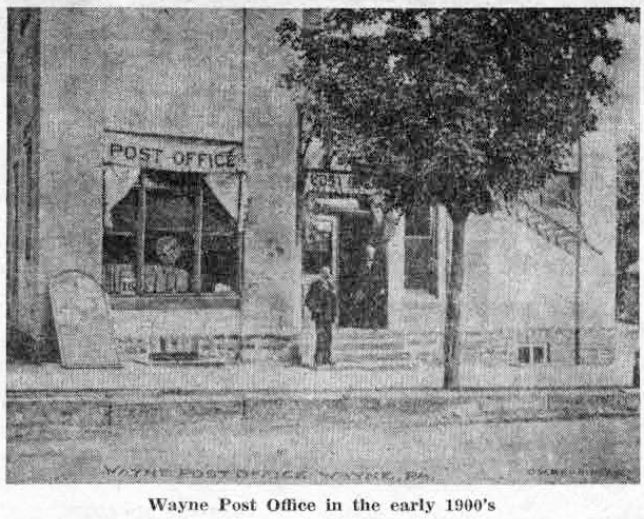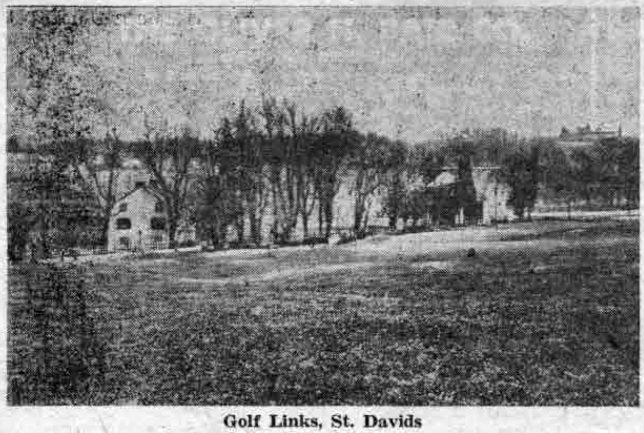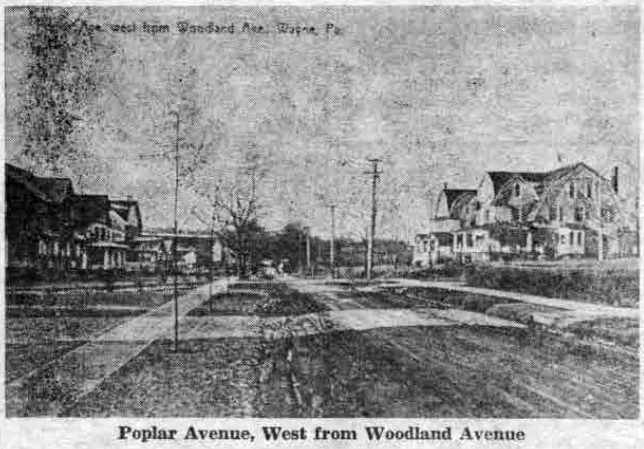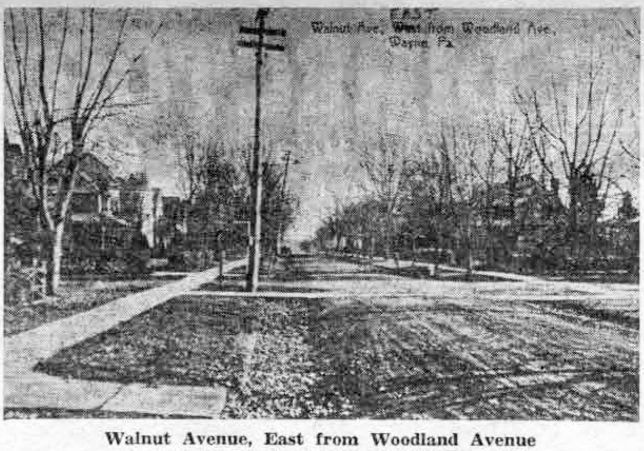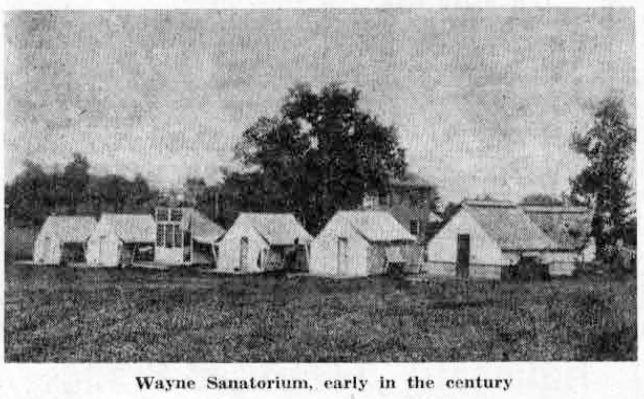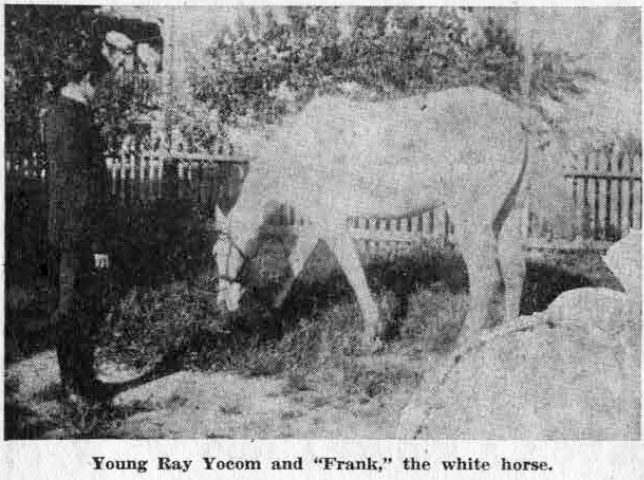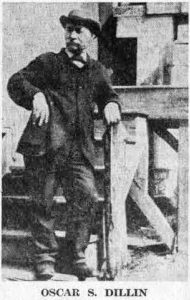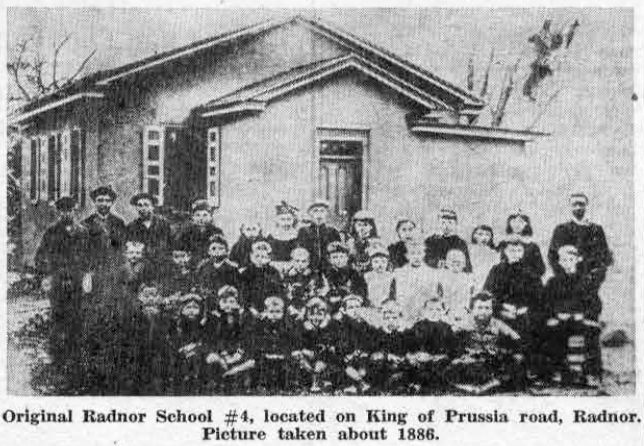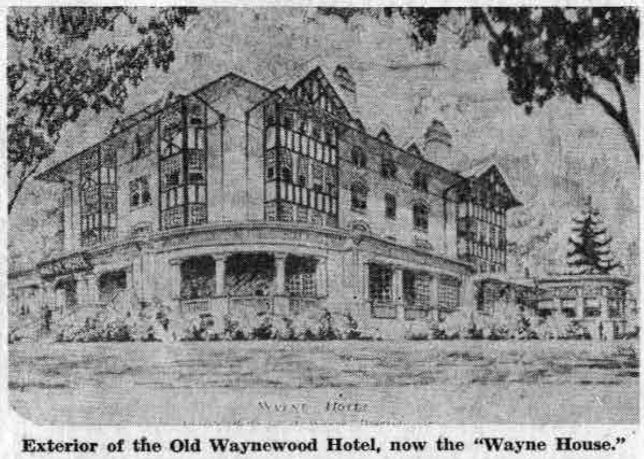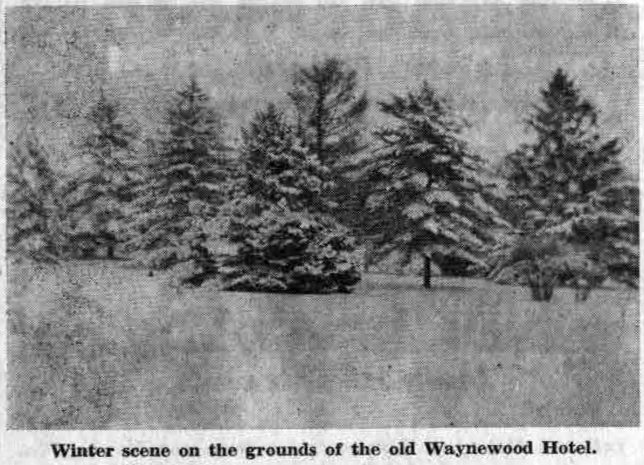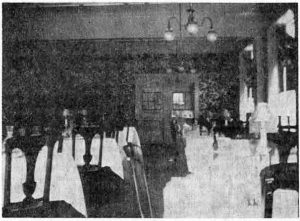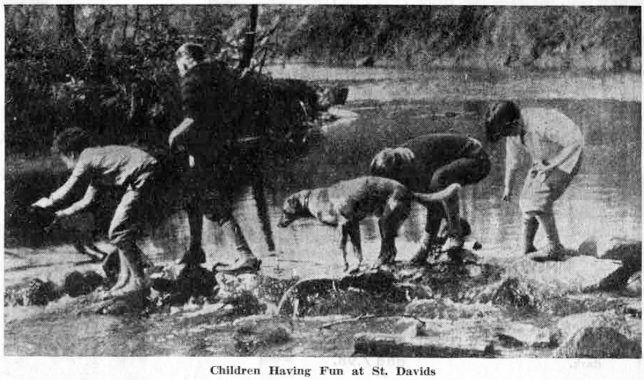 Without the never-failing interest of the readers of “Your Town and My Town,” it would be impossible for the writer of this column to have in it the wide variety of stories and of pictures of Wayne and its surroundings that appear each week. Some of these stories have to do with Wayne and with Radnor township of an era long past, others of a time that seems but yesterday to many among us. Into this latter category today’s column and picture fall, and, as so often happens, the material for this column has come from a reader of “Your Town and My Town.” Several years ago Miss Harriet E. Weed gave the writer a very handsome booklet which had been in her office files for more than 25 years, a 1928 copy of “The Main Line Beautiful.” Although its publishers, J. Howard Goodwin and Company, of Philadelphia, stated on its first page that it was to be published annually, it seems probable that this was its only appearance. At any rate, various local real estate dealers to whom your columnist has shown the booklet have its duplicate in their files, but none has mentioned any later numbers of “Main Line Beautiful.”
Without the never-failing interest of the readers of “Your Town and My Town,” it would be impossible for the writer of this column to have in it the wide variety of stories and of pictures of Wayne and its surroundings that appear each week. Some of these stories have to do with Wayne and with Radnor township of an era long past, others of a time that seems but yesterday to many among us. Into this latter category today’s column and picture fall, and, as so often happens, the material for this column has come from a reader of “Your Town and My Town.” Several years ago Miss Harriet E. Weed gave the writer a very handsome booklet which had been in her office files for more than 25 years, a 1928 copy of “The Main Line Beautiful.” Although its publishers, J. Howard Goodwin and Company, of Philadelphia, stated on its first page that it was to be published annually, it seems probable that this was its only appearance. At any rate, various local real estate dealers to whom your columnist has shown the booklet have its duplicate in their files, but none has mentioned any later numbers of “Main Line Beautiful.”
A guarantee of 100,000 readers for the booklet was given by the Goodwin Company, and free copies could be obtained “by applying in person to any real estate dealer whose advertisement appears herein.”
The purpose of the publication was to “foster the better upkeep and beautification of the Main Line, that it may remain as it now is – the most desirable suburban residential section in America.” And to many loyal Main Liners, this rather broad statement seems as true today as it did to the publishers of the booklet 27 years ago.
In the midst of all the pictures of handsome homes, churches, office buildings, banks and shops of the Main Line which fill the pages of the booklet, the picture shown at the head of this column is refreshing because of its human interest. Among the four boys all so intent on lifting stones from the creek, there may be this columnist’s own sons, and certainly must be their playmates.
The dog, as intent as the boys on the business in hand, might have been “Sooner,” property of the
Patterson boys and playmate of all the Midland avenue children. And the clothes these boys are wearing! They bring back nostalgic memories of the days when corduroy or tweed knickers, long stockings and heavy woolen sweaters constituted the “uniform” of the boys of the 1920’s as universally as dungarees and plaid shirts do now.
It is quite apparent from the length of hair of three of the boys in the picture that a trip to the barber was as much of an ordeal then as it is to those of their age nowadays. And no mother of boys in the 1920’s can fail to remember the struggle to keep the knickers from “drooping” and the garter from losing all connection with the long stockings with their rolled-over plaid tops.
“Kids Having Fun at St. Davids” certainly tells the story of this picture. The writer has tentatively located the brook, with its large stones, as one of the small streams on the former Charles E. Walton estate, now the property of Eastern Baptist College. More positive identification by some one who may recognize the boys in this picture would be interesting.
(to be continued)

